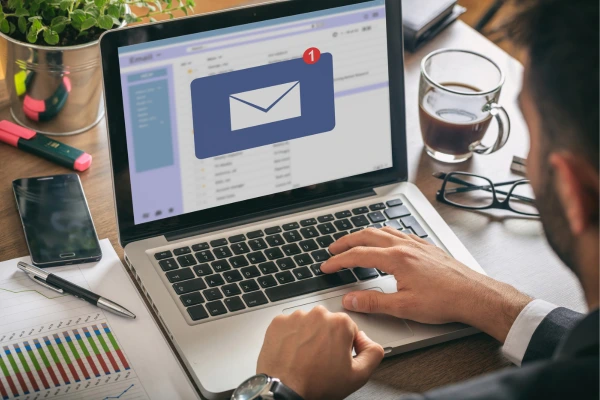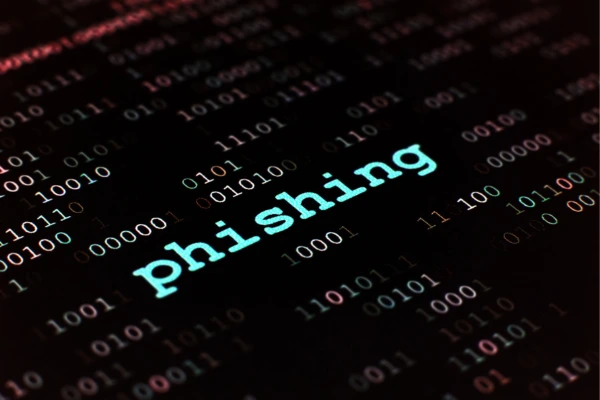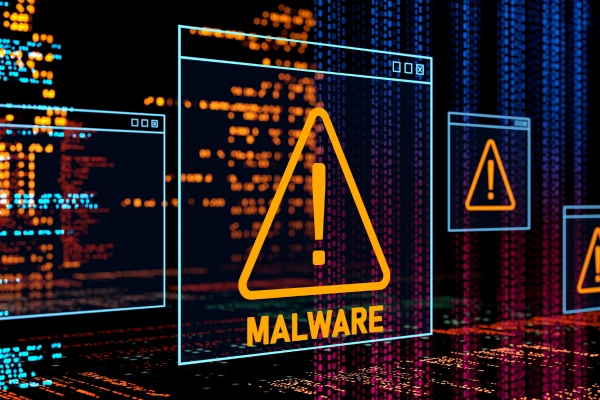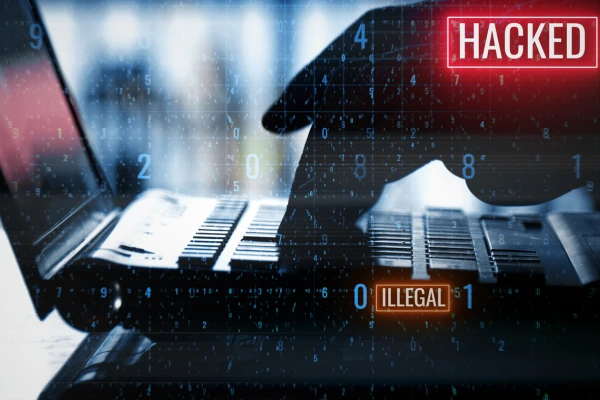Phishing Attack Protection Solutions
Break the Cycle: Defend Against Data Breaches and Phishing Attacks
Break free from the cycle of cyber threats and safeguard your business reputation. Discover how our Phishing Attack Protection Solutions can help you stay one step ahead of cybercriminals.
Overview
Phishing attacks are one of the primary causes of data breaches in today’s digital landscape. Cybercriminals exploit vulnerabilities in email and web platforms to deceive unsuspecting individuals and gain access to sensitive information. The more a scammer knows about an individual, the greater the success rate of the phishing attack.
Protect your organization from phishing attacks and social engineering threats with our best phishing protection solutions. Our comprehensive phishing protection suite includes

Email Filtering
Identify and quarantine phishing emails containing suspicious links or attachments.

Employee Training
Educate employees on how to recognize and report phishing attempts to prevent data breaches.

Real-time Threat Intelligence
Utilize real-time threat intelligence to identify emerging phishing threats and proactively block malicious domains.
Types of Phishing Attacks
Phishing attacks are diverse and continuously evolving, designed to deceive individuals and organizations into revealing sensitive information or performing actions that compromise security. Understanding the various types of phishing attacks is crucial for identifying and mitigating potential threats. Here are some common types of phishing attacks:

Email Phishing
Fake emails impersonate trusted sources, asking for personal or financial details.

Spear Phishing
Tailored emails target specific individuals, exploiting personal information.

Whaling
Executives are impersonated to gain access to sensitive data or funds

Pharming
Users are redirected to fake websites to steal login credentials or data.

Vishing
Fraudulent phone calls or messages seek personal information or payments.
Features

Advanced Email Security
Protect your organization's email communication channels with advanced email security protocols.
Detect and block phishing attempts and malicious emails before they reach your inbox.
Implement robust authentication mechanisms to verify the legitimacy of email senders

Web Filtering and URL Blocking
Utilize web filtering and URL blocking to prevent access to malicious websites and phishing landing pages.
Block suspicious URLs and web content that may pose a threat to your organization's security.
Implement real-time monitoring of web traffic to identify and block phishing attempts in transit.

Endpoint Detection and Response (EDR)
Deploy endpoint detection and response (EDR) solutions for continuous monitoring of endpoint activities.
Detect and respond to phishing attacks in real-time, minimizing the impact of security breaches.
Implement automated response mechanisms to quarantine and remediate compromised endpoints.
Benefits

Enhanced Security Posture
Protect your organization's sensitive data and intellectual property from unauthorized access and data breaches.
Strengthen your security posture with proactive measures to prevent phishing attacks and cyber threats.
Safeguard your business reputation and customer trust by demonstrating a commitment to cybersecurity.

Reduced Risk of Data Breaches
Minimize the risk of data breaches and financial losses associated with phishing attacks and unauthorized access.
Prevent the unauthorized disclosure of sensitive information and maintain compliance with regulatory requirements.
Mitigate the potential impact of data breaches on your organization's operations and financial stability.
Related Service and Solution
Frequently Asked Questions
Phishing attacks are deceptive attempts by cybercriminals to steal sensitive information like passwords or financial details. They often use fake emails or websites to trick people into giving away their information.
Phishing attacks use tricks to make people click on links, download files, or share personal information. Cybercriminals pretend to be someone trustworthy, like a bank or a company, to fool their victims
Look out for urgent requests for personal information, suspicious email addresses, spelling mistakes, or unexpected attachments. These could be signs of a phishing attempt.
Stay alert and don’t click on links or download files from suspicious emails. Use security software, like email filters and multi-factor authentication, and keep your software up to date.
To protect yourself and your organization from phishing attacks, consider implementing the following security measures:
- Educate employees about the risks of phishing and provide training on how to identify and report suspicious emails.
- Use email security solutions that incorporate advanced threat detection and prevention mechanisms to block phishing attempts.
- Implement multi-factor authentication (MFA) to add an extra layer of security to user accounts.
- Regularly update software and security patches to address known vulnerabilities that could be exploited by cybercriminals.
Don’t click on any links or download any attachments. Verify the email’s legitimacy by contacting the sender directly. Report suspicious emails to your Cybersecurity team and delete them from your inbox.
NEWS AND ARTICLES
Discover expert insights, best practices, and news in privacy and cybersecurity
Mobile Data Privacy in Singapore: How to Safeguard Sensitive Information
Lessons from the ACRA Singapore NRIC Data Breach
Study Reveals Drop in Supply Chain Breaches Among Singapore Firms
Singapore’s Private Hospitals to Share Patient Health Records on National Platform by 2025
Why Data Breaches Are on the Rise in Singapore and How to Stay Protected
5 Essential Steps to Strengthen Privacy and Data Protection in Your Organization
The Impact of Privacy on Consumer Trust in 2025
The Future of Healthcare Privacy: What’s Next in 2025?
Building Trust Through Accuracy: Understanding the PDPA’s Data Accuracy Requirements
The Role of Multi-Factor Authentication in Data Security
Support and Resources
Explore our resources to learn more about security best practices and how PrivacyTrust Managed Security Service can help protect your business:

Related Solution and Services
Cybersecurity Training, Email Security, Endpoint Protection

Blogspot
Blog on CyberSecurity topic

Protect Your Business Today
Take proactive steps to defend your organization against phishing attacks and data breaches. Contact us to learn more about our comprehensive Phishing Attack Protection Solutions and safeguard your business from cyber threats. Together, we can break the cycle of cybercrime and ensure the security and integrity of your organization's digital assets.











